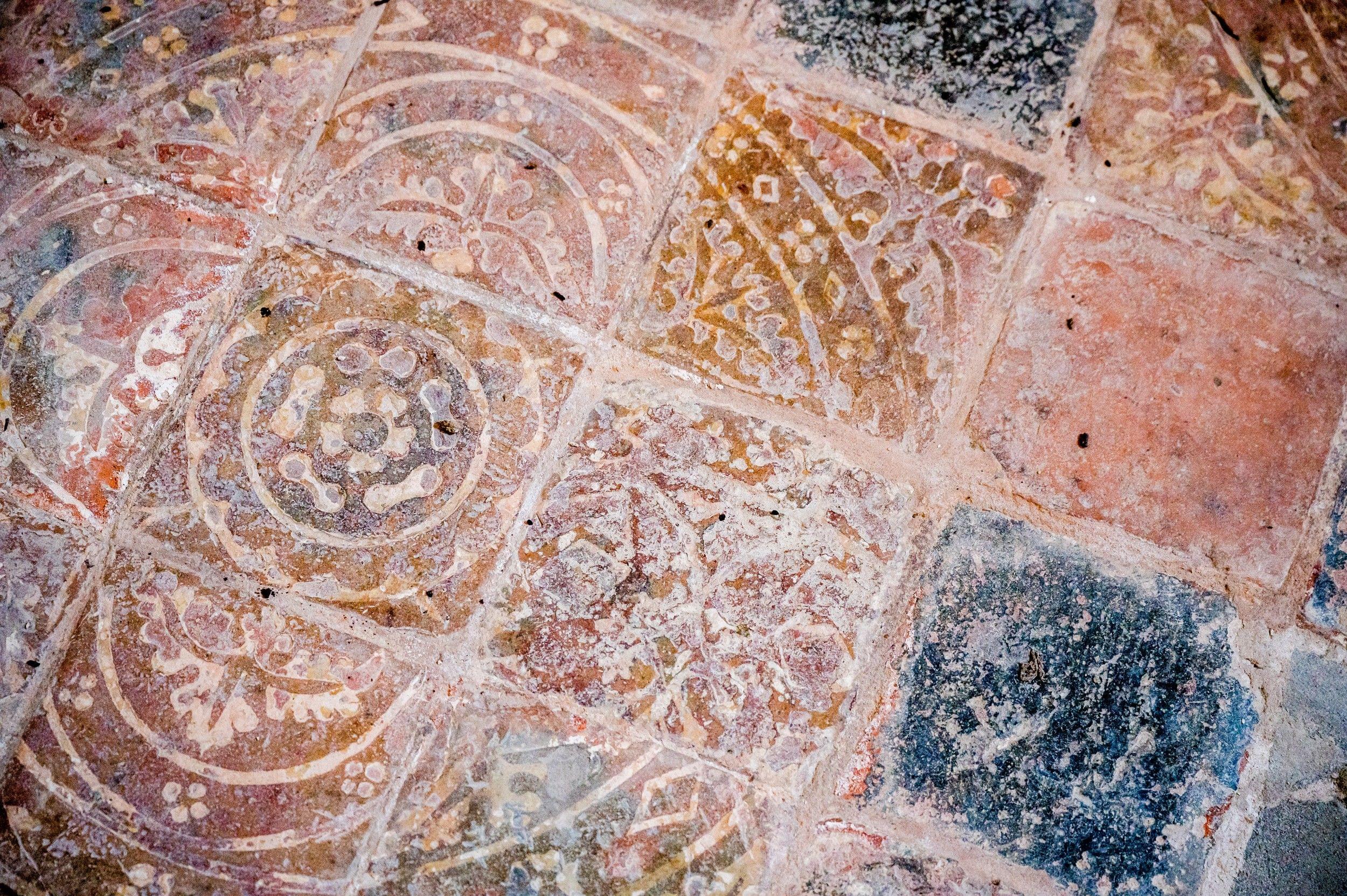Holy Trinity
Horsley, Northumberland
Built in 1844 by 2nd Lord Redesdale this is an important estate church with strong links to the Mitford family.

In an attractive village beside the River Tyne lies St Mary the Virgin, graced by a magnificent late Saxon tower.
Ovingham, Northumberland
The church was consecrated around 1050, and subsequent years saw the addition of a Norman doorway and an Early English nave and chancel, with an excellent arcade and lance windows from that period. There is also a fine 13th century font inside.
Beneath the pulpit is a clue to an even earlier place of worship on this site: a fragment of a stone standing cross that appears to depict a hunting scene from a Norse saga. It was probably carved in the 9th century.
Thomas Bewick, the renowned ornithologist after whom the Bewick's swan is named, and a celebrated wood engraver of sentimental country scenes (1753'1828), was born in the parish and is buried in the churchyard by the Saxon tower.
Forming an equally ancient backdrop to the church, just over the bridge stands the picturesque ruin of the 12th century Prudhoe Castle. It clings to a steep sided rocky outcrop and commands a lofty view over the river and the village below.
Horsley, Northumberland
Built in 1844 by 2nd Lord Redesdale this is an important estate church with strong links to the Mitford family.
Bywell, Northumberland
St Peter's is one of two adjoining rival Saxon churches beautifully positioned in this private village consisting of a castle, hall and estate cottages.
Heddon on the Wall, Northumberland
The church of St Andrew is situated in the centre of the village on a hill top opposite the Swan Inn, it was consecrated in 630 and still retains many Saxon and later Norman elements.